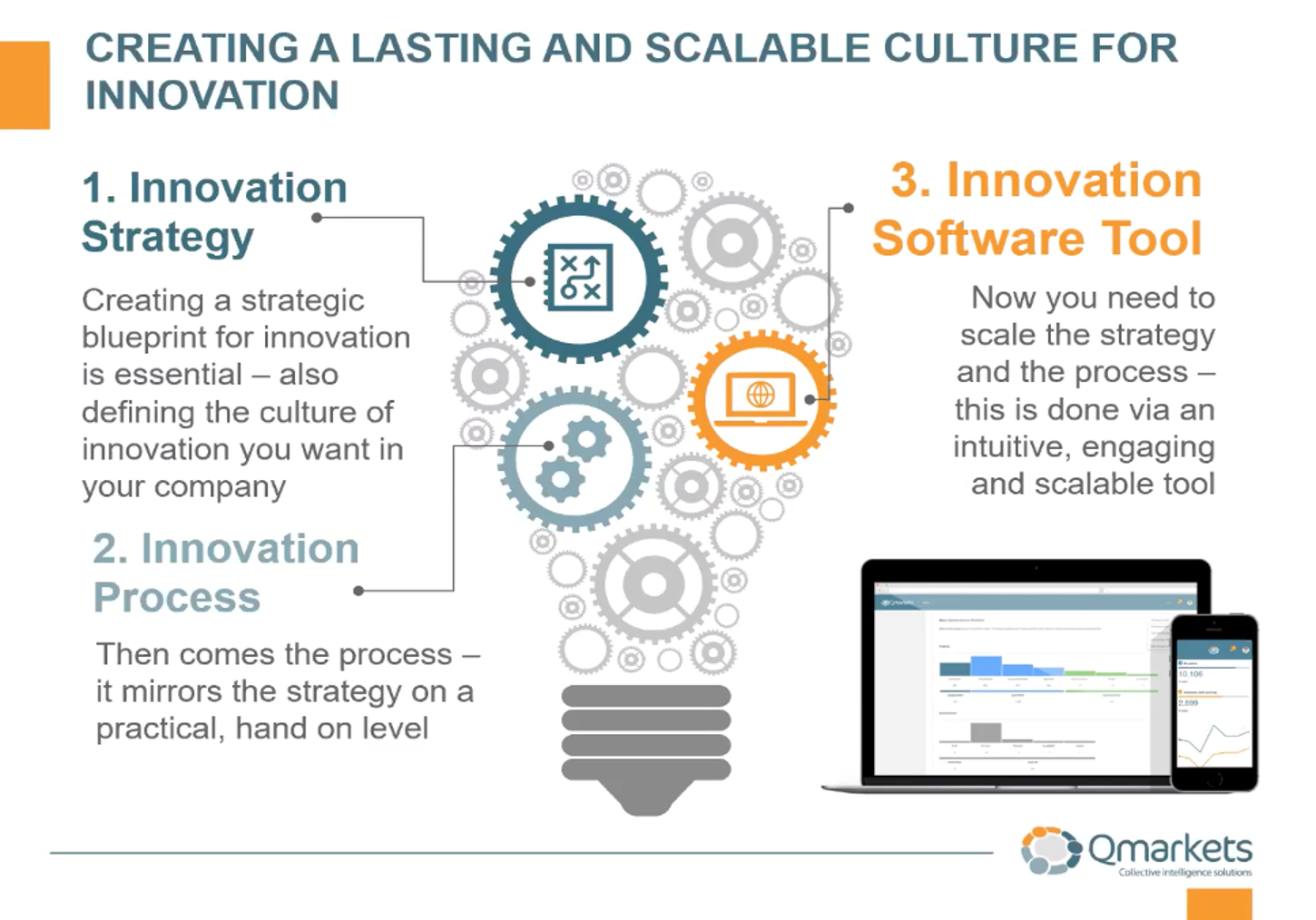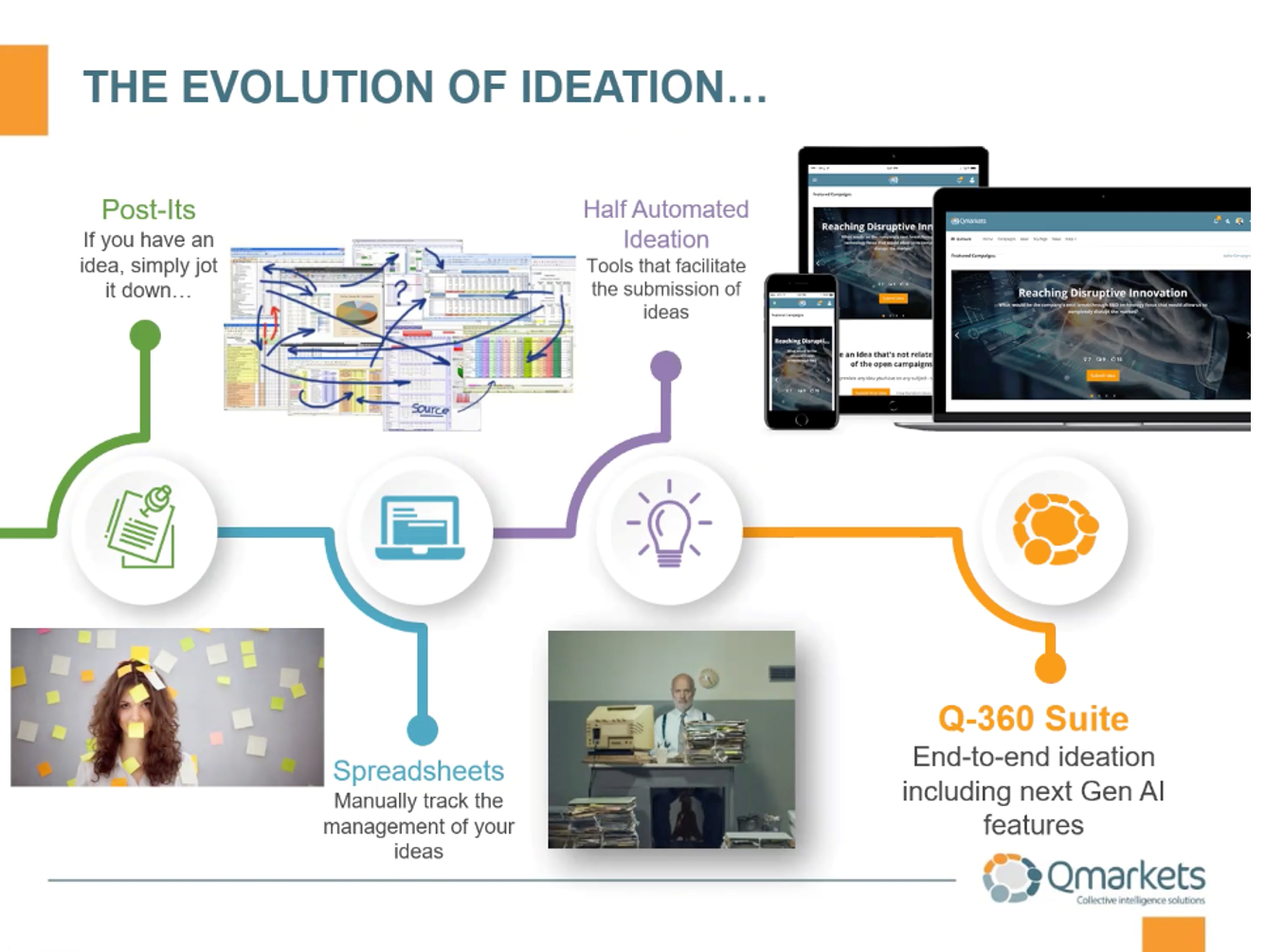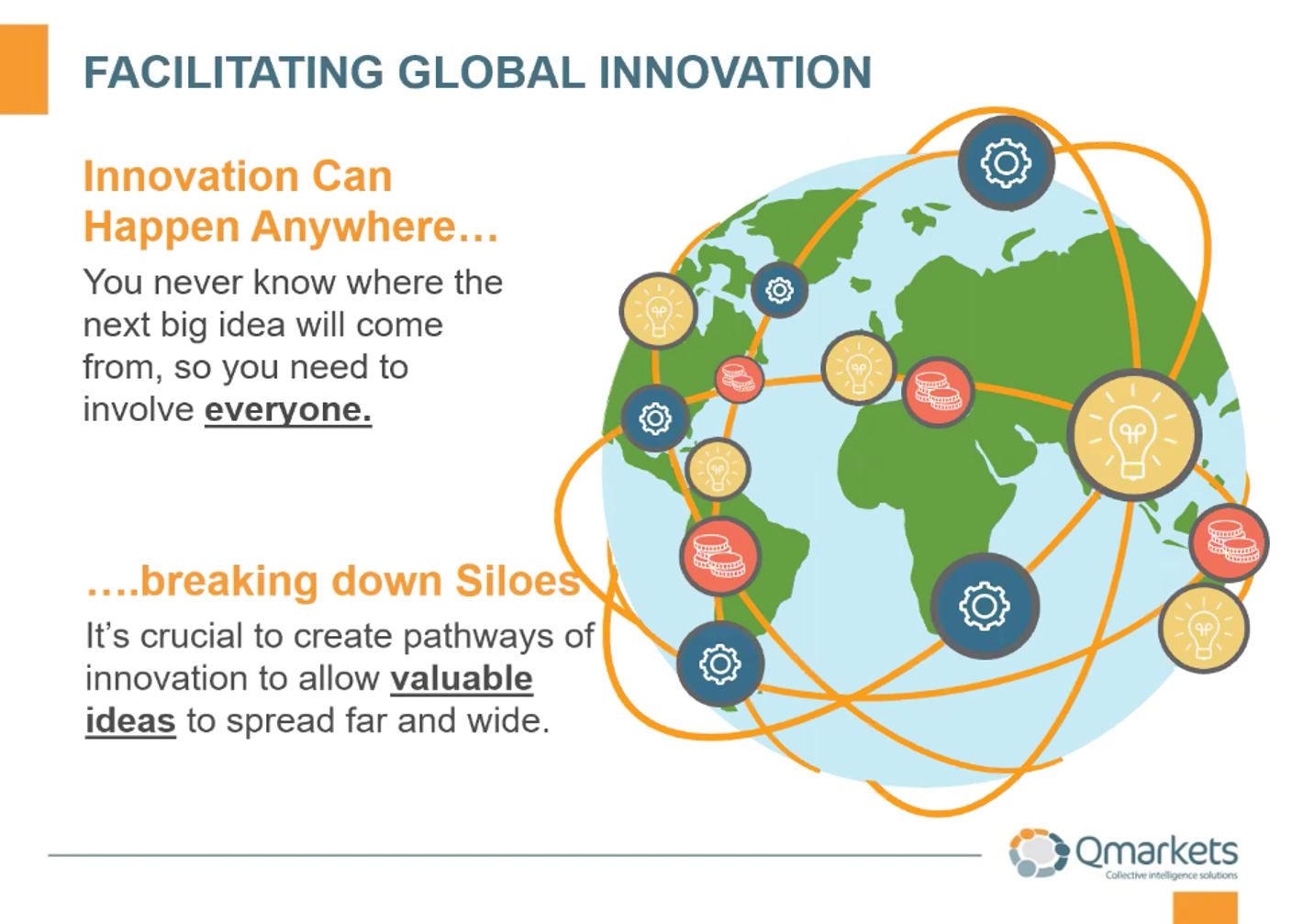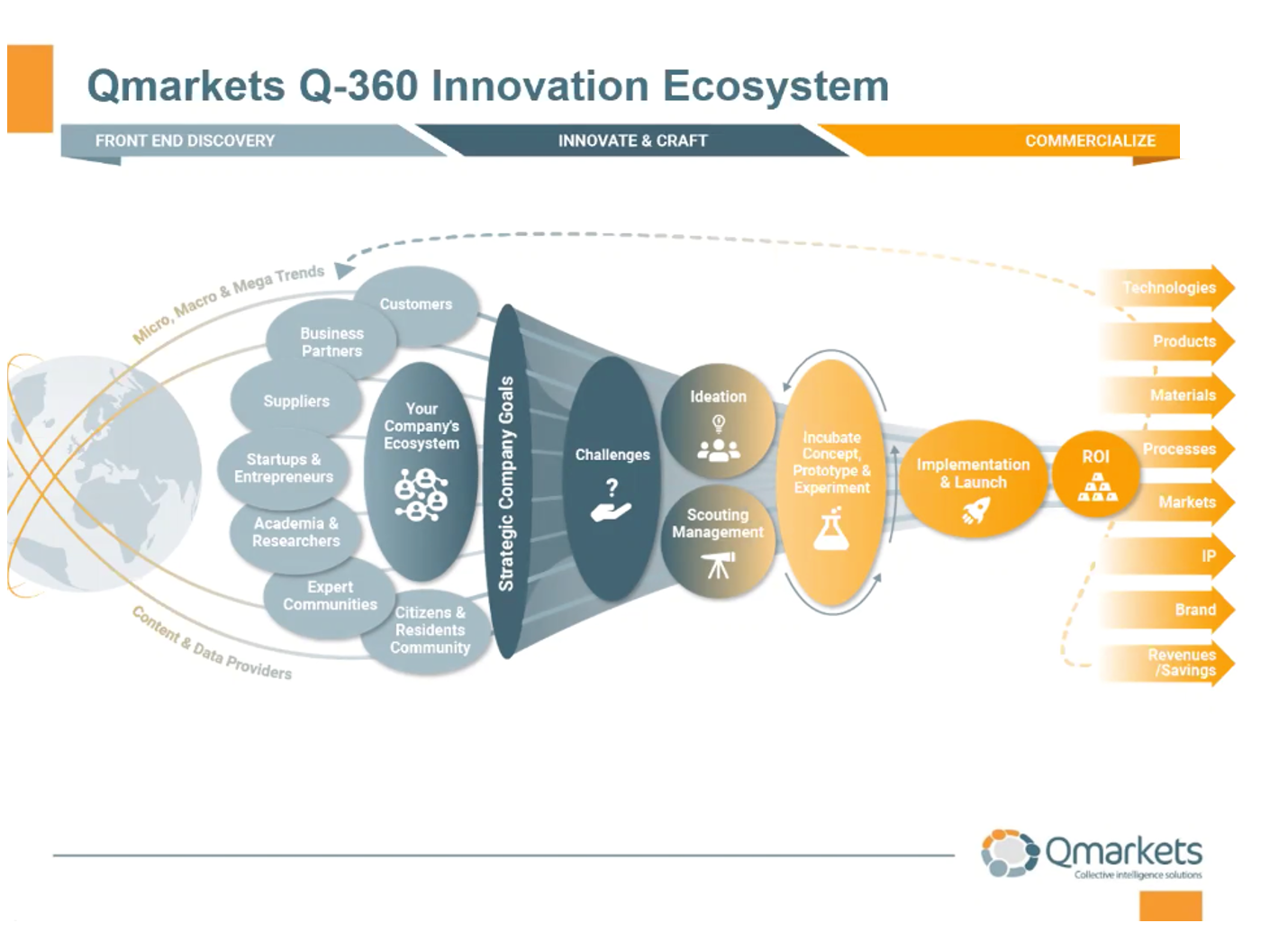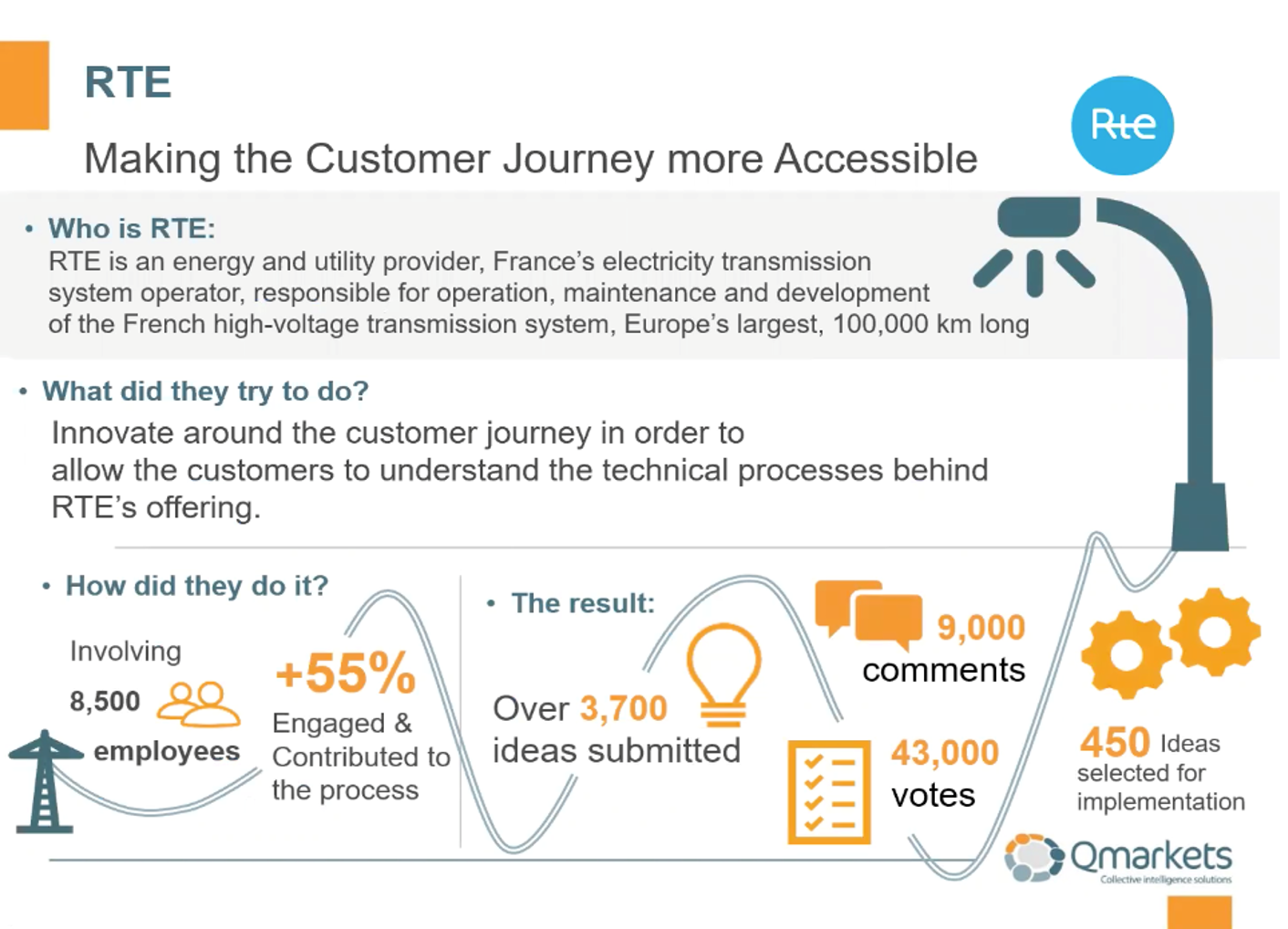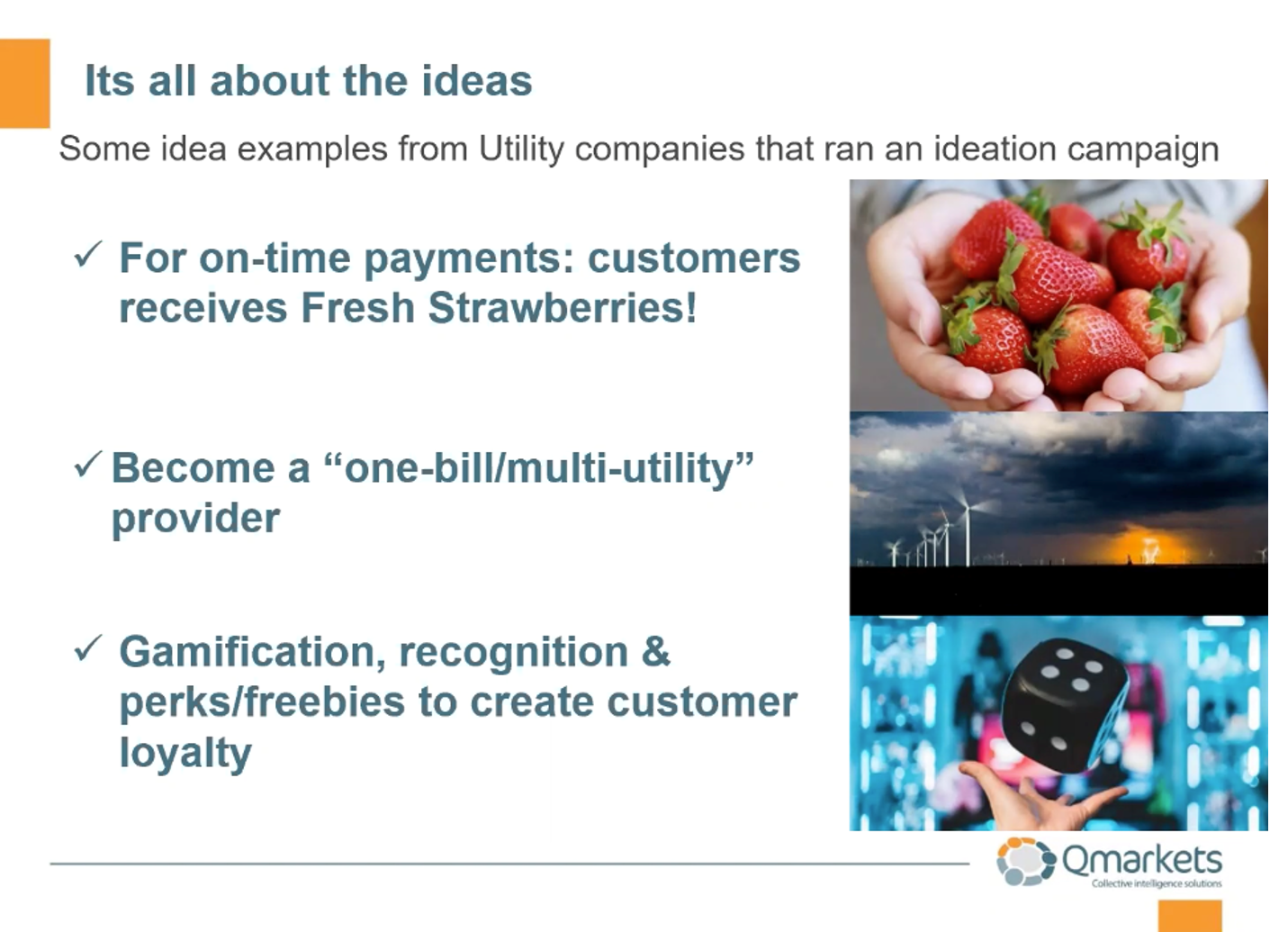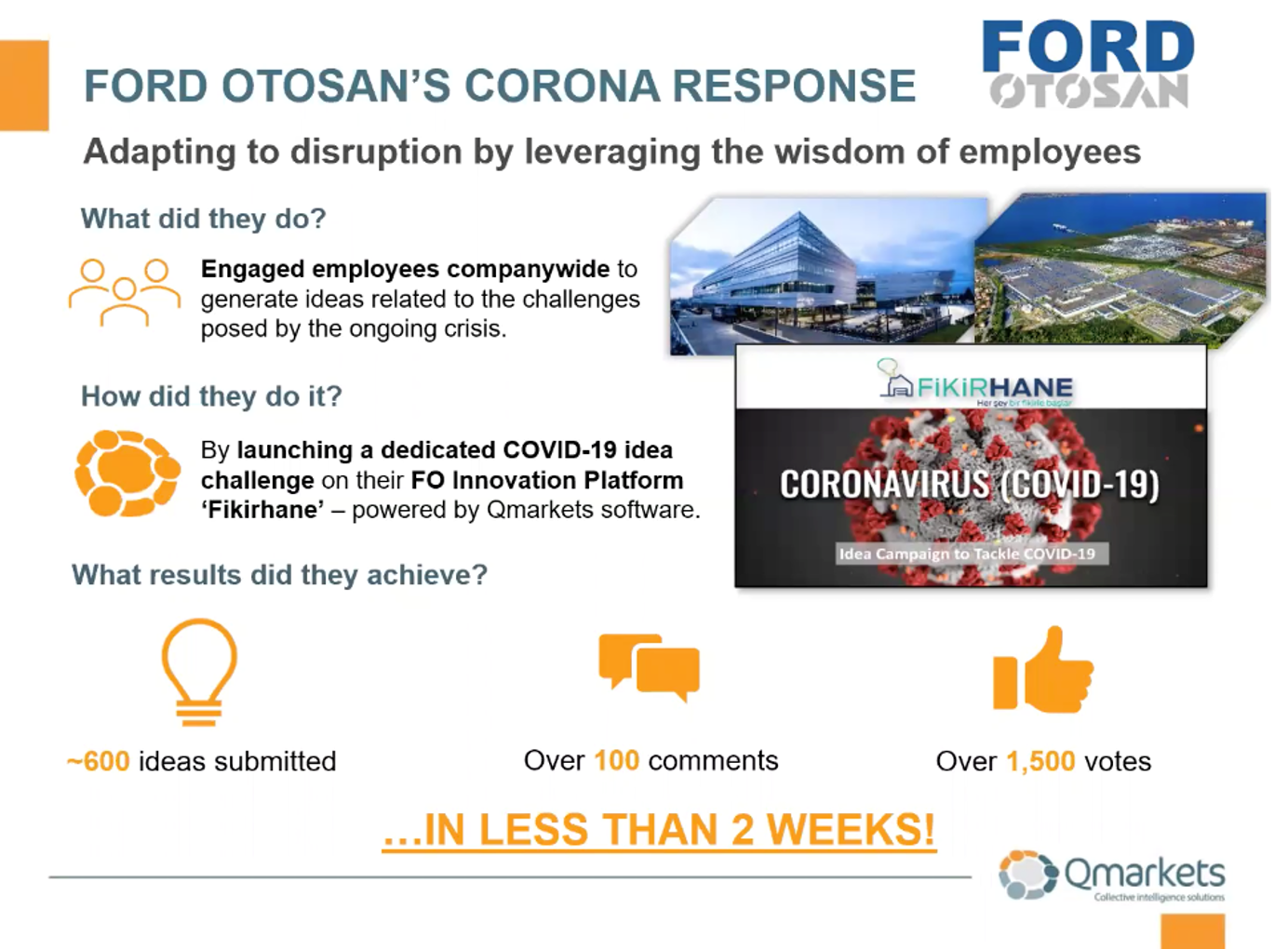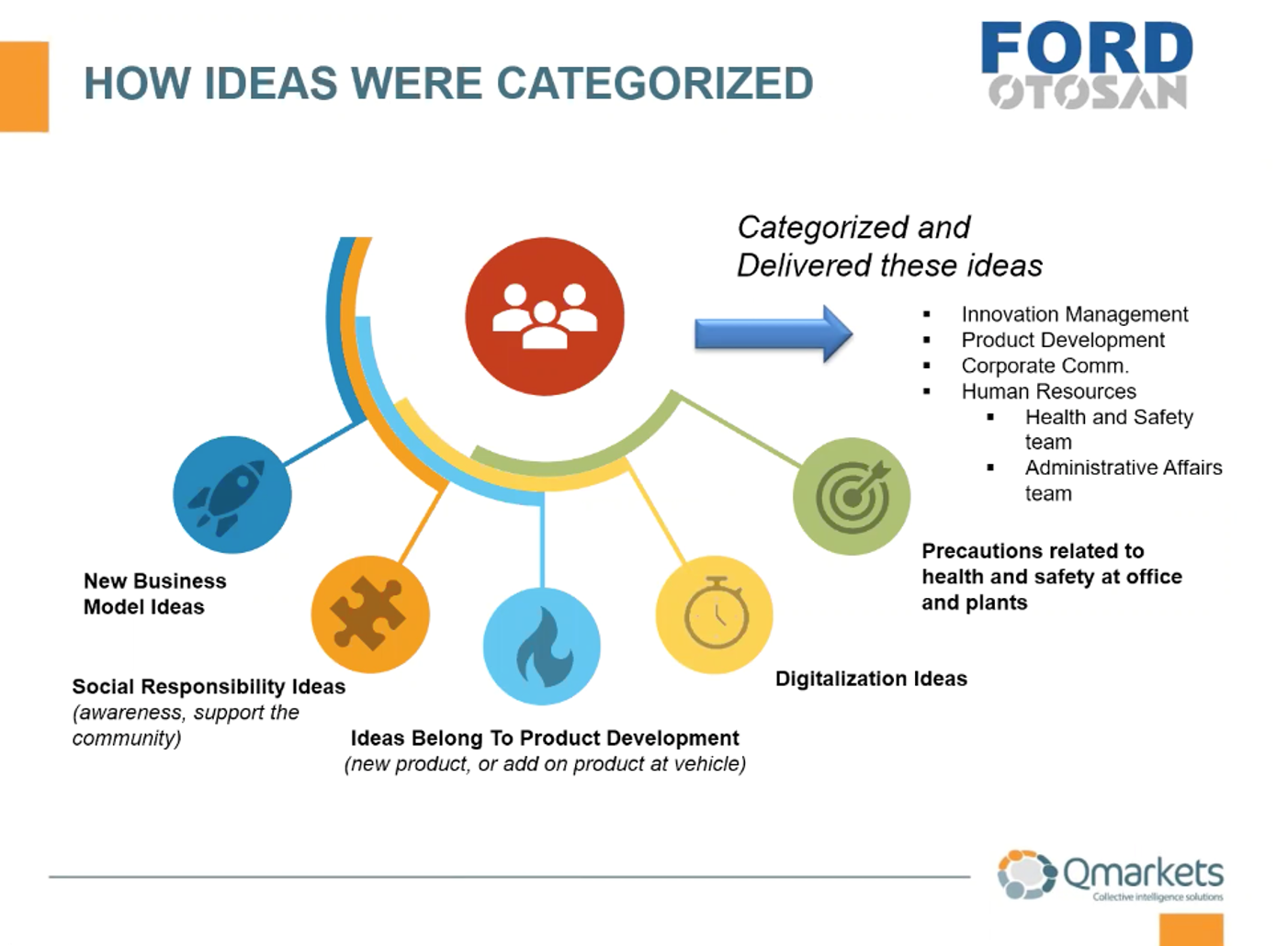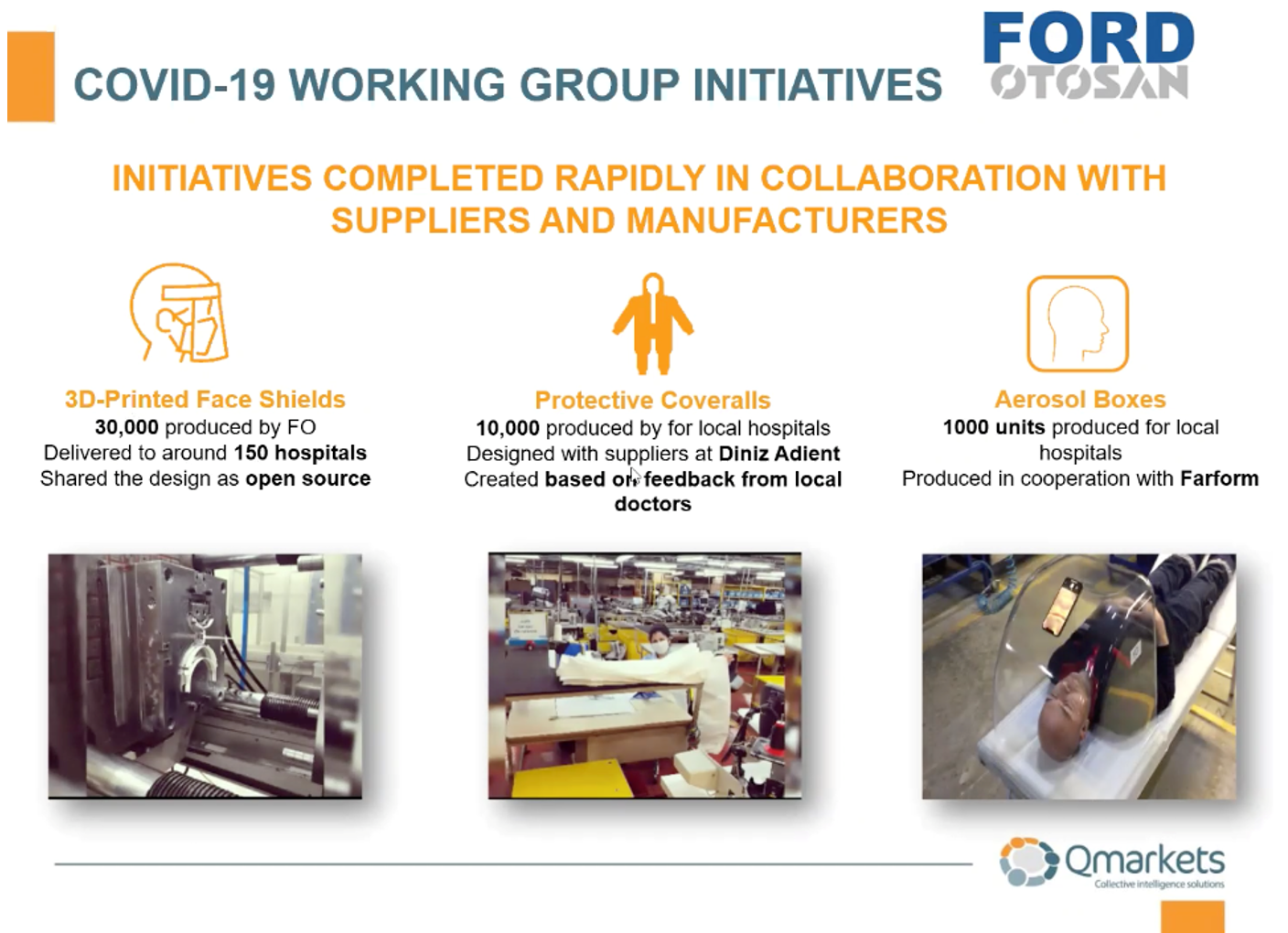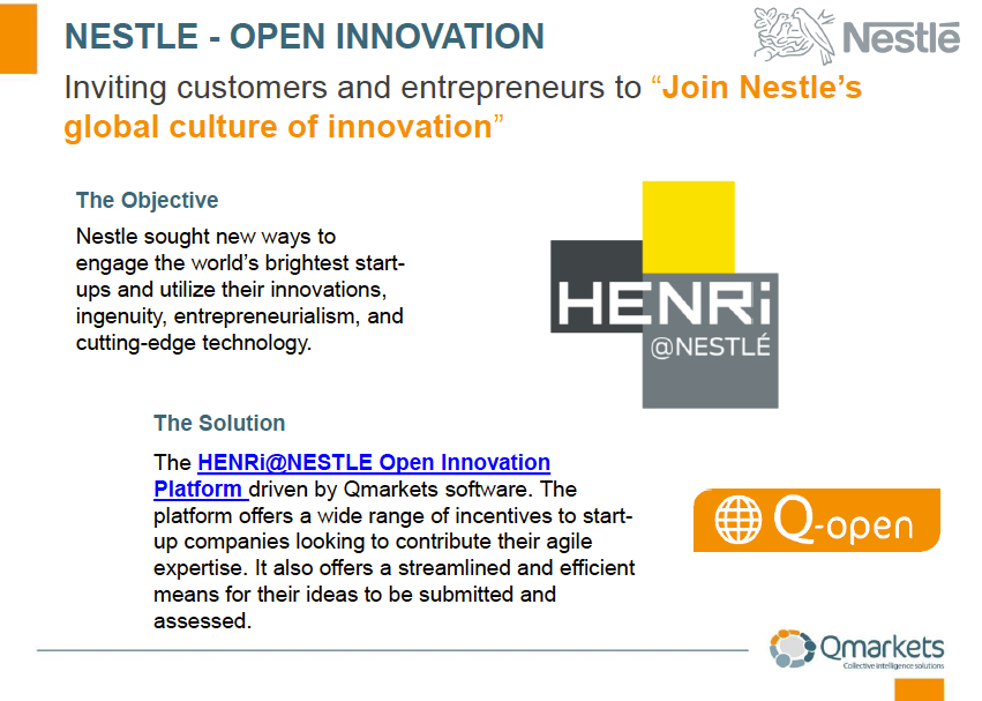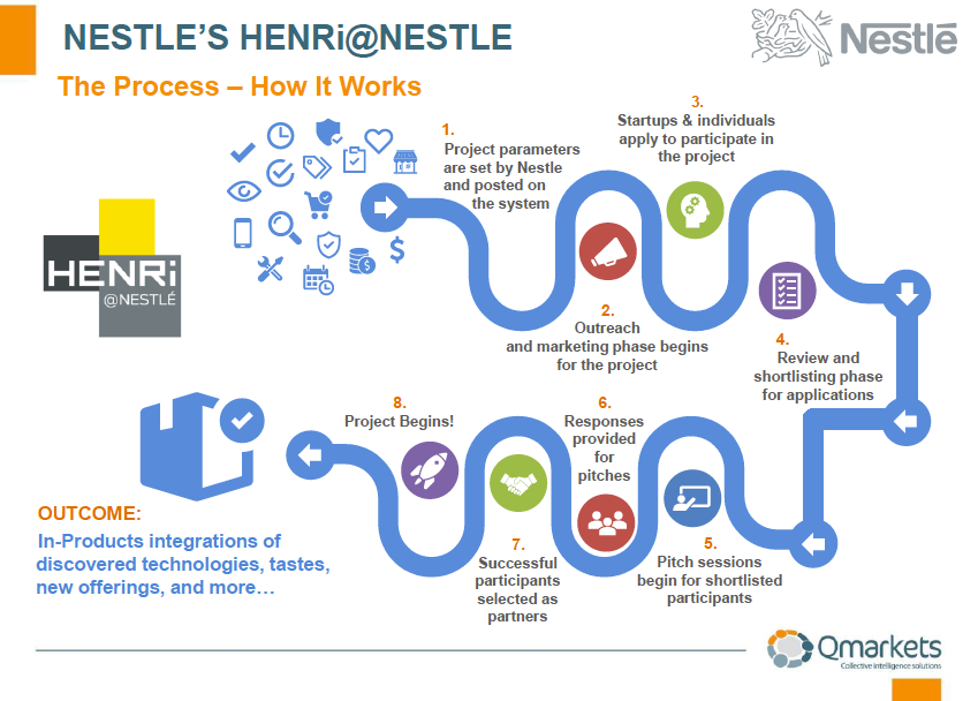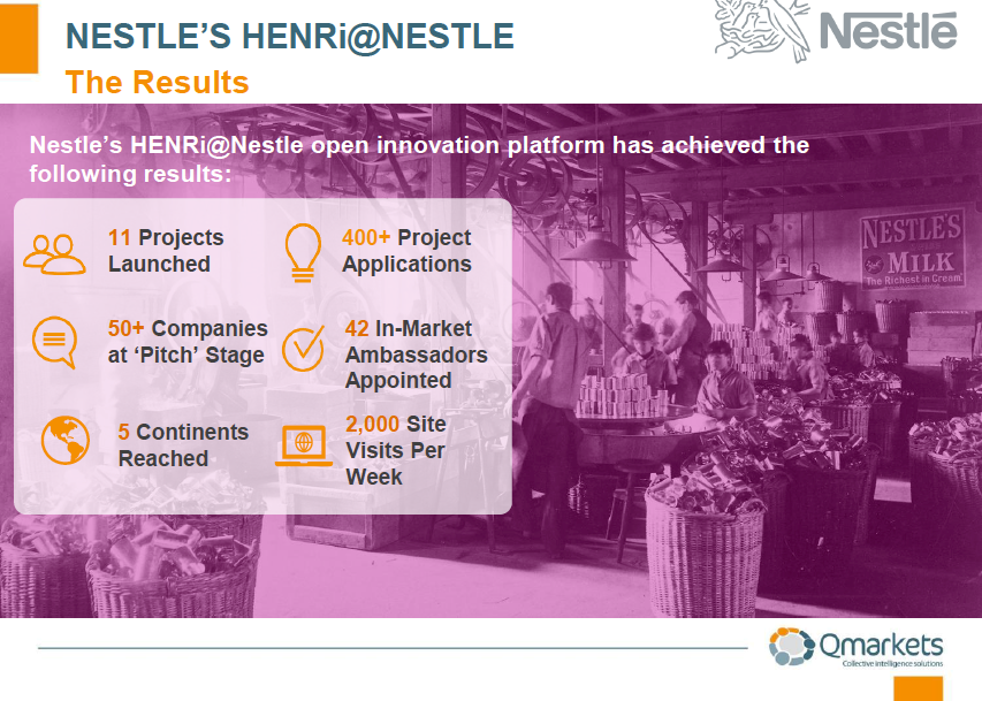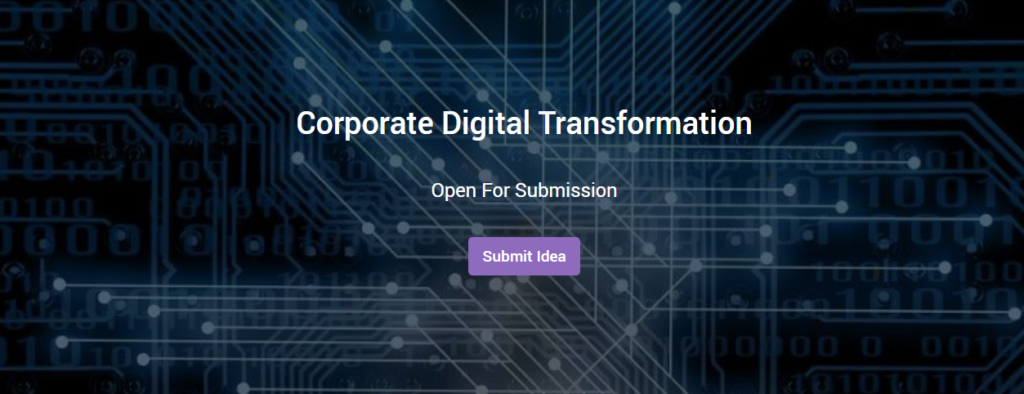Digital Innovation Leaders Interview with Competitive Focus Leslie Martinich
This is a write-up from Q&A with Leslie in “Scale-Up Talk – How Enterprises Can Keep Innovating Like Startups with Startups” hosted by WiseOcean.Tech on 12/13/2021.
Leslie Martinich, President, Competitive Focus
Leslie holds a master’s degree in computer science from the University of Texas at Austin. She is a regular speaker at global and corporate events, inspiring technology and engineering professionals to improve innovation capabilities. In her many years in the tech industry, she observed that engineers and leaders need to build skills in innovation management, leadership, critical thinking, communication strategies, negotiation, ethics, diversity and inclusion, and more. Knowing that engineering professionals prefer to receive that training from someone who understands their industry, she has been teaching those topics to engineers, entrepreneurs, and leaders since 2001. She has also chaired several operating units in IEEE, including the IEEE Central Texas Section.

Takeaways:
To succeed at innovation, executives should seek to understand the big picture and see the forest beyond their tree. They should work to expand their mental horizons and build their company in a way that supports the whole ecosystem surrounding their innovation.
Breakthrough innovations happen when people with a certain domain expertise interact with people with another domain expertise. Therefore, exposure to domain experts in different areas is crucial to spark new discoveries.
Great leaders know how to work with all different kinds of people on their teams, including the prima donnas. They also excel at communicating the big picture to their employees and helping them understand how their work will change the industry.
Can you tell us about your personal journey from an engineer to a successful business leader?
In the 1980s, people used personal computers as standalone devices; they weren’t connected machines. They weren’t connected to what was then the ARPANET or the internet. Sometimes they used personal computers as monitors into a mainframe. And I had a wonderful, wonderful opportunity to help develop the innovative tools that enabled computer networking at Novell while working on NetWare. This was really a breakthrough innovation that changed the way people used computers. I helped create the innovation and I saw the effect of the innovation; I saw how it changed the way we worked. And I learned firsthand the importance of building and supporting an entire ecosystem, the importance of recognizing that any company needs partners to help build out something new when innovation takes hold.
Think of the automobile industry, going through two simultaneous innovations right now: electric and self-driving. Both of those are innovations. Electric, not so recent, but really just recently starting to take off and self-driving is still in the infancy stages. Auto manufacturers need an entire ecosystem to help them. They need tech suppliers to provide sensors. They need energy industry participants to help provide charging stations, and insurance companies and policymakers to help make the customers feel safe participating in an innovative industry.
I saw that firsthand in the nascent networking industry. I saw how executives need to understand the dynamics of innovation in order to be successful at it. So, what I share with young people is that they need to understand both the dynamics and the process of innovation in order to see the whole forest, the whole ecosystem, and not just the trees. That’s how I made my change — my transition from an engineer to a business leader. I got to live it, and now I teach it to others.
You work with both entrepreneurs and enterprise leaders. Can you give some advice to entrepreneurs looking to work with enterprises?
When I work with entrepreneurs, they’re often young and very excited about their technology. So, I encourage them to learn how innovation processes work, how to proceed, how to build what you need to build. For example, if you’re a software company building tools, you enable partners to sell the tools and provide training in the tools, and you enable certifications and support consultants providing the certifications — that’s your frontline of sales. They need to know that they aren’t going to be able to do it all; they need to partner with others.
But the other thing that I encourage entrepreneurs to do is to attend a conference called IEEE VICS (Vision, Innovation, and Challenges Summit). This year, that conference is going to be May 6 in San Diego. It’s a big international conference. It is a place where people can go and really scan the horizon about the challenges that are coming. I’m looking at challenges that I see in the future, like water scarcity, and what can engineers do to come up with creative solutions to address that? Also, I’ve been looking at battery storage for years, thinking that that is really an important challenge.
I’ve been going to this conference every year for the last 10 years. It’s a chance to meet with innovators from around the world, and it’s the most inspiring conference I’ve been to. It expands one’s mind, and it allows you to make connections around the world with innovators. But more importantly, it allows entrepreneurs and innovators to see the big picture. The entrepreneurs need to see how their innovations can be used to solve problems that maybe weren’t the problems they thought of at first.
That’s something that I often tell entrepreneurs and startups to do — to expand your mental horizons. You don’t have to do it every day, but a couple times a year, do something to really increase your breadth. This is a quick, easy and fun way to do it. There are other ways to do it which involve lots of reading, and I encourage that, too.
What are the different challenges faced by scale-ups compared with startups? Do you have any advice?
Startups really are focusing on their technology. They need to be laser focused on what they are bringing into the market. That is a very inwardly focused effort. Scale-ups are focused on broadening their business. And so they need to be focused on customers and marketing and a completely different set of problems. But startups eventually need to be looking at the scale of things.
And I want to say that breakthrough innovations for startups happen when people with particular domain expertise interact with people with another domain expertise, and that allows them to apply the domain models of the other person into their own problem. Throughout history, we’ve seen that when someone is exposed to a domain expert from another area, that sparks a creative moment. Whether it’s aviation technologists learning from a plumber about pipes and pipe fitting, which is how our current technology in aviation got to grow. We need to be exposed to others with different domain expertise. So, I always encourage that.
The startups are founded by entrepreneurs, typically with a very deep tech background and very focused on the technology. Often, these people are geniuses and very dedicated. Of course, they want to make it happen fast. But let me ask you this. Have you ever worked in an organization where there was a really smart, inventive, and innovative person who was sometimes a diva or a prima donna? Everyone I know has worked in a team where there was some prima donna who was a genius and really made the innovations happen, but was very difficult to work with.
A recent Gallup study interviewed thousands of leaders and managers, and they found that great leaders were able to manage those prima donnas. And good leaders were not able to; they are just good, they’re not great. But the great leaders really learned how to work with innovative people, the entrepreneurs who are often very single-minded and focused and good at what they do.
And leaders are thinking about all the things that a business needs to think about. I’ve been working with enterprise managers and the leaders to give them the tools that they need to work with prima donna entrepreneurs. I teach them a pretty simple three-part method for great leadership. And that’s a lot of fun to see that they can really make great use of the entrepreneurs who are so fabulous and smart. (That’s how enterprises can help startups when engaging and collaborating with startups.)
What does great leadership look like when it comes to leading deep tech enterprises to continue to innovate at a meaningful scale and speed?
Great leaders have learned how to work with all the people on their teams including divas and prima donnas. And great leaders have learned how to communicate the big picture to those who are deeply involved in just a tiny part of the big picture.
I was a software engineer for years. I didn’t know the marketing part, I didn’t know the big picture part. I was very fortunate that I had some great leaders early in my career who showed me how my piece fit into the bigger picture and how it’s important.
But the other thing for a great leader to do is to be expanding their mind and thinking about how their organization’s parts fit into a bigger ecosystem, fit into an industry-wide ecosystem. I think that’s what great leaders do; they communicate well. And they bring in all their team, all of their employees, to understand how what they’re doing is going to take the industry to a new level. That’s not an easy thing to communicate if you haven’t mastered that skill yet.
I’ve seen some great teams; but they didn’t have the communication part down. They weren’t able to work with enterprises, they weren’t able to work with the next level. They need to see the bigger picture to see how their product fits in with the rest.
…
I’ve been in Austin since it was a small town with just three tech companies: IBM, TI and a company called Tracor. That was it. And I’ve watched it grow to a thriving tech metropolis today. And a lot of that growth came from a sense of collaboration — knowing who to surround yourself with, knowing that you needed help and who might be able to help you. And we had a leader here in town who passed away last month named Pike Powers. He helped Dell, he helped Whole Foods, he helped National Instruments. He helped them all grow into enormous enterprises.
Michael Dell was just a guy in his dorm room putting together computers. How did he grow his enterprise? National Instruments was founded by a college professor. What Pike Powers taught us was that you needed to get help, and he would introduce you to the others who could help you. He would help you round out your team.
So, what I’ve started doing with IEEE is help by having quarterly high-tech happy hours where people can meet and learn from others in Austin, which is such a collaborative city. I grew up on the West Coast, and I know how people are very tight with their information. It was stunning to me when I moved here. People are so willing to share and support each other, and that’s very helpful.
Knowing how to fill out your team with this collaborative cultural stew we have here, [where] someone you meet will introduce you to someone you need — it’s really kind of nice.
